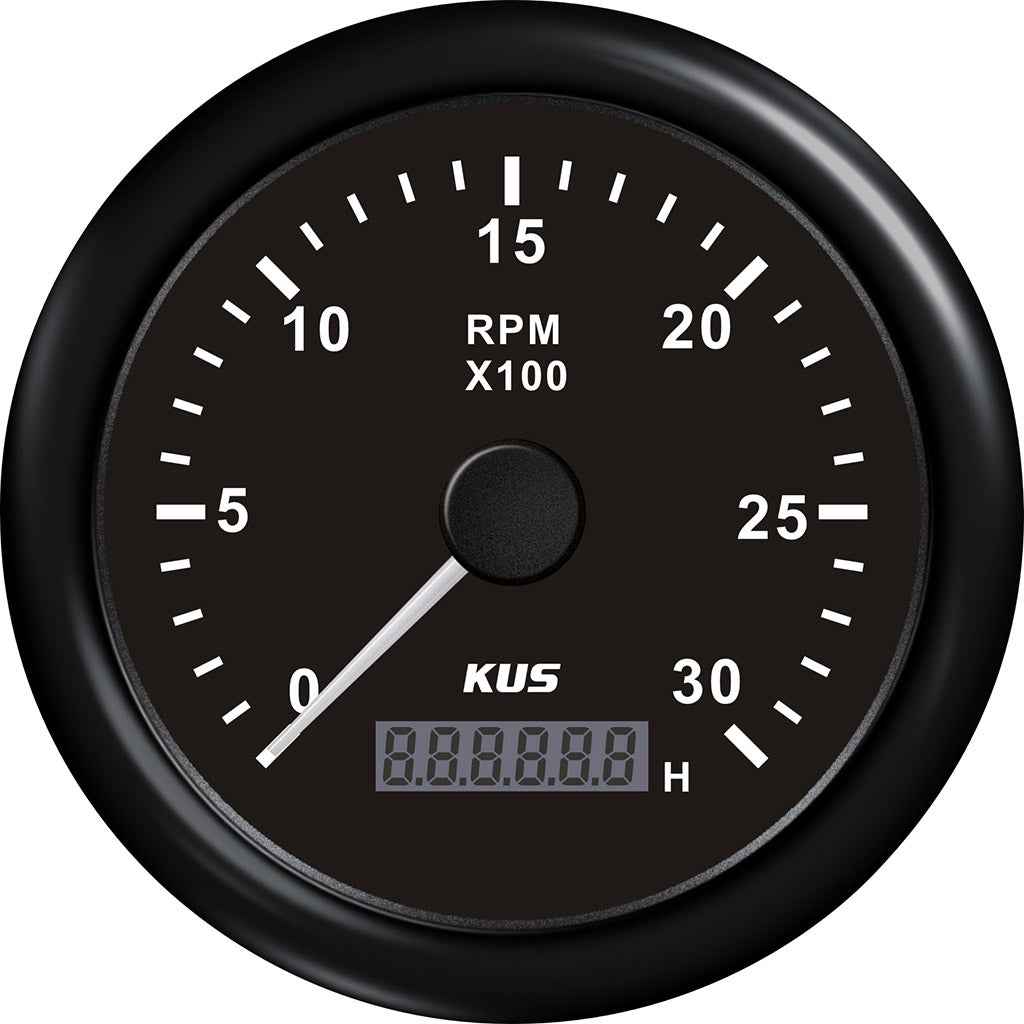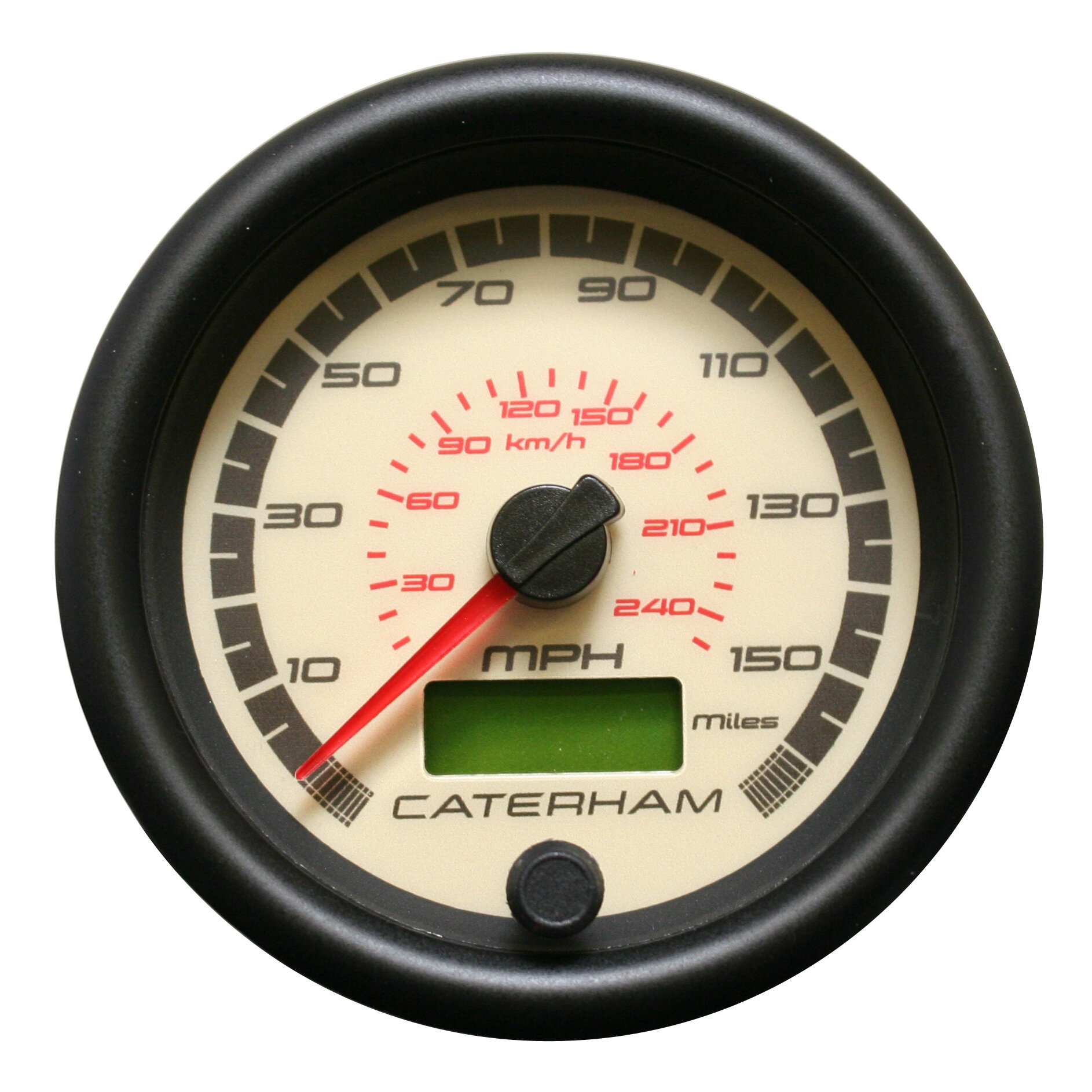Tachometer Acquiring Guide: Features to Try To Find and Ideal Brands
Tachometer Acquiring Guide: Features to Try To Find and Ideal Brands
Blog Article
Unlocking the Tricks of Tachometers: Whatever You Required to Know Concerning This Vital Instrument in Your Car
Comprehending the intricacies of tachometers can give useful understandings into your vehicle's performance and maintenance needs. From determining engine speed to decoding the data it provides, tachometers work as a critical tool for vehicle owners and enthusiasts alike. By untangling the enigmas behind this vital instrument, you can unlock a wide range of information that can enhance your driving experience and guarantee the long life of your automobile.
Importance of Tachometers
The relevance of tachometers depends on their capacity to provide crucial real-time data regarding an engine's rotational rate, permitting for precise monitoring and upkeep of machinery. By measuring the changes per minute (RPM) of an engine's crankshaft, tachometers use beneficial understandings into the engine's efficiency - tachometer. This data is essential for making sure that the engine runs within its optimum array, staying clear of potential damage from over-revving or underperforming
Tachometers play a vital role in assisting drivers and specialists discover any abnormalities in the engine's rate, which might suggest issues such as fuel inadequacy, mechanical issues, or extreme pressure on the engine. By immediately recognizing these problems through tachometer analyses, maintenance can be executed proactively, preventing costly fixings and downtime in the future.
Furthermore, tachometers are particularly important in high-performance lorries and machinery, where accurate control over engine rate is required for optimum procedure. Competing autos, aircraft, and industrial equipment count on tachometers to deliver peak performance while preserving safety criteria. In significance, tachometers are not simply instruments for measuring speed however essential devices for ensuring the smooth and reliable procedure of engines throughout different applications.
How Tachometers Procedure Engine Speed
Utilizing sensors that detect the regularity of electric pulses created by the engine's ignition system, tachometers precisely gauge the rotational rate of an engine. By keeping an eye on the rate at which these pulses are received, tachometers supply real-time comments on how fast the engine's crankshaft is revolving per min, typically referred to as revolutions per minute (RPM)
The tachometer's sensor, frequently linked to the engine's ignition coil or spark plug cords, gets the electrical signals generated each time a cyndrical tube fires. These signals are then transformed into RPM readings displayed on the gauge or instrument cluster within the driver's view. Tachometers can be analog or digital, with modern vehicles typically featuring digital display screens for precise and rapid RPM analyses.
This details is important for chauffeurs to recognize the engine's performance, stop over-revving, maximize gear moving, and ensure effective gas consumption. By properly gauging engine rate, tachometers play a crucial duty in assisting chauffeurs operate their vehicles securely and efficiently.
Analyzing Tachometer Analyses
Having a clear understanding of just how tachometers measure engine rate browse this site establishes the foundation for effectively analyzing the RPM readings displayed. Analyzing tachometer analyses is vital for optimal vehicle performance and engine health. RPM (Changes Per Minute) readings on the tachometer indicate the rate at which the engine's crankshaft is turning. When the engine is idling, the tachometer needle generally rests around 600-1000 RPM, depending upon the car. As you speed up, the RPM will certainly boost, showing the engine's greater rotational rate. When moving equipments in a hand-operated transmission vehicle, the RPM will go down as you engage the clutch and change gears, after that climb once again as you increase in the new equipment. Keeping an eye on the tachometer can help you determine the most efficient shifting points to make the most of gas economic situation and engine power. Additionally, irregular changes or continually high RPM readings can indicate potential problems with the engine that might need expert focus. By taking note of the tachometer analyses and understanding how to analyze them, you can guarantee your vehicle runs efficiently and effectively.


Tips for Utilizing Tachometers Efficiently
To enhance driving performance and optimize engine performance, what key methods web can be applied for effectively using tachometers? Tachometers are important tools that give real-time responses on engine speed, making it possible for chauffeurs to make informed decisions for far better performance - tachometer. Here are some pointers for utilizing tachometers properly:
Recognizing Optimum RPM Variety: Acquaint on your own with the ideal RPM (Changes Per Min) variety for your automobile. This array varies between various autos and is typically shown in the owner's manual. Keeping the engine within this range can boost fuel performance and prolong the engine's lifespan.
Shifting Equipments at the Correct Time: Utilize the tachometer to figure out the most effective time to change equipments. Upshifting too very early or as well late can cause decreased effectiveness and performance. Objective to change gears when the RPM gets to the ideal variety for the following equipment.
Monitoring Engine Stress And Anxiety: High RPMs for extended durations can strain the engine. Maintain an eye on the tachometer to stop over-revving, particularly during velocity or when bring hefty tons.
Tachometers and Vehicle Upkeep
When taking into consideration vehicle upkeep, tachometers important site play an important function in keeping track of engine performance and finding prospective issues. Tachometers give necessary information on engine speed, allowing drivers and auto mechanics to make sure that the engine is running within the suggested RPM variety. Regularly keeping track of the tachometer analyses can aid determine problems such as engine misfires, worn-out stimulate plugs, or concerns with the fuel distribution system. By taking notice of the tachometer, motorists can stop excessive strain on the engine, which can result in expensive repair services down the line.
Along with discovering prospective issues, tachometers can additionally assist in optimizing fuel effectiveness. By maintaining the engine speed within the optimal variety, chauffeurs can boost their gas mileage and minimize gas usage. This not only benefits the driver's wallet however additionally adds to environmental conservation by decreasing dangerous exhausts.
Final Thought

Report this page